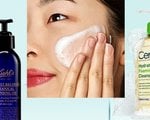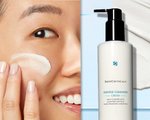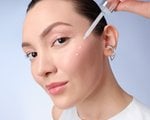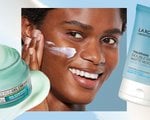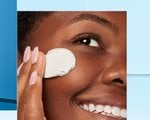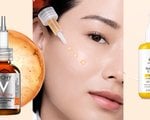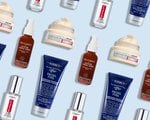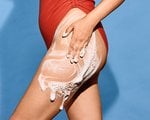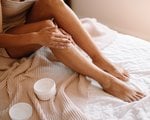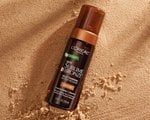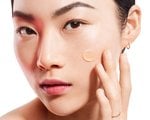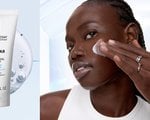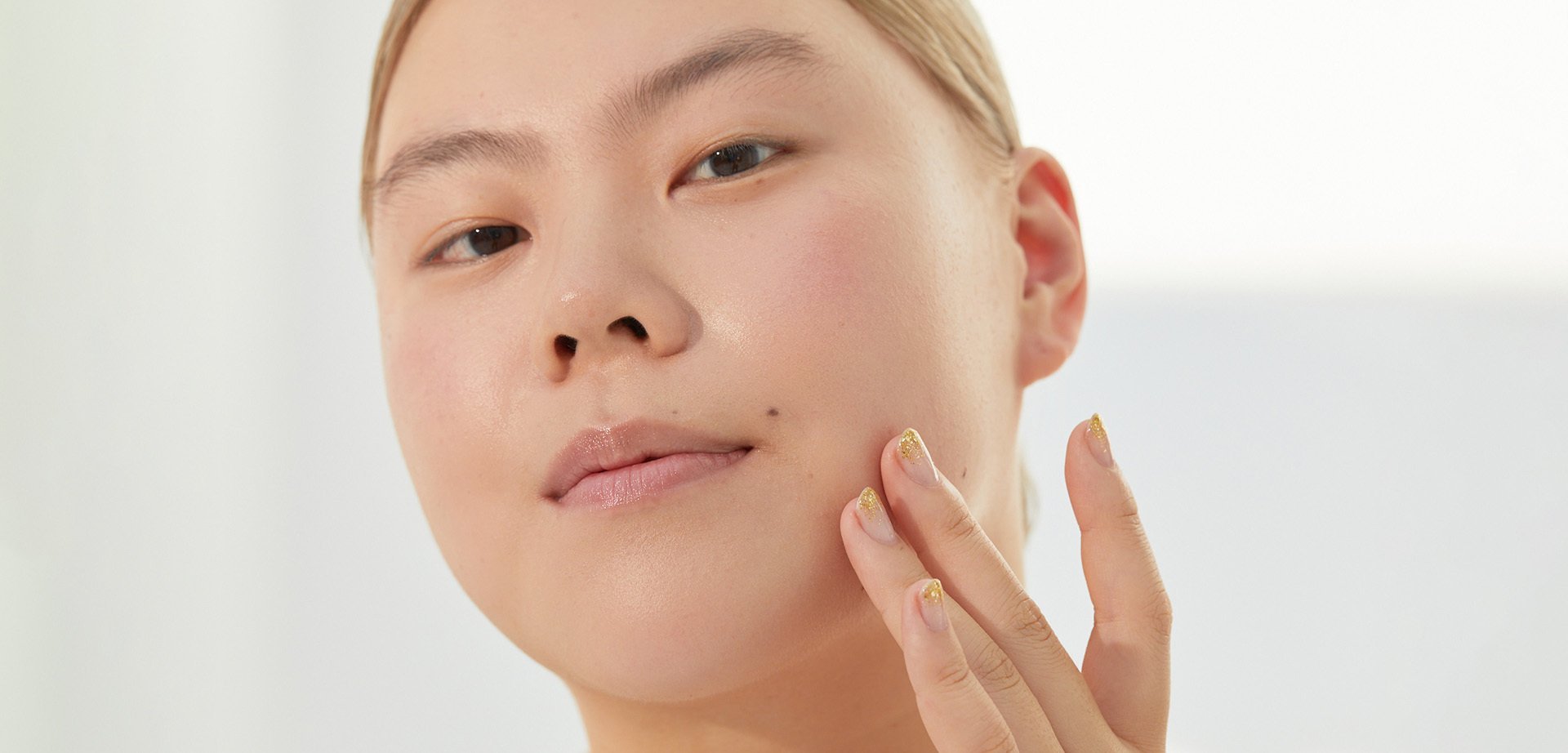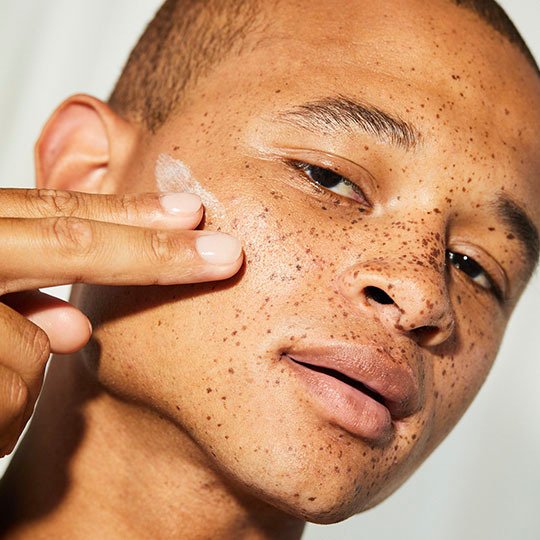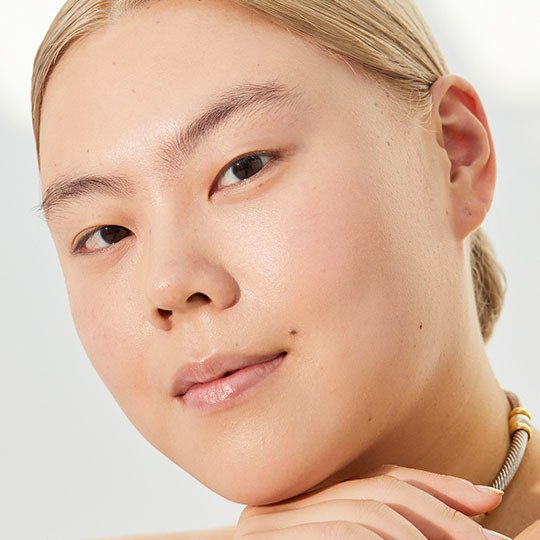What Causes Dead Skin Cells To Build Up? Plus, How To Get Rid of Them
November 26, 2024
Whether you’re looking for an everyday exfoliant to add to your routine or want something to reach for when you’re in need of a more thorough exfoliation, keep scrolling. Ahead, we’ve rounded up some of our favorite products to remove dead skin cells from your face (and body).
Skinbetter Science Refining Foam Cleanser
Start your skincare routine on the right foot with this foaming facial cleanser. The multi-tasking formula, which contains AHAs and BHAs, removes makeup, gently exfoliates, and helps remove dead surface skin cells to reveal a brighter, more refined complexion. It’s best suited for normal-to-oily skin and can be used twice daily as the first step in your skincare routine.

SkinCeuticals Micro-Exfoliating Scrub
If you’re someone who prefers the satisfyingly gritty feel of a face scrub, we suggest giving this gentle formula a try. It helps physically slough off dead skin cells and purifies pores while hydrating and softening the skin. While some physical exfoliants may be too aggressive for sensitive skin, this aloe and glycerin-infused formula is designed to be suitable for daily use on all skin types.

Kiehl’s Ferulic Brew Antioxidant Facial Treatment with Lactic Acid
Lactic acid, ferulic acid, and squalane come together in this antioxidant-packed facial treatment, which is formulated to help boost glow and refine skin texture within just one week of use. Pat it onto your skin after cleansing to help remove dull dead surface cells and prime your skin for the rest of your routine.

L’Oréal Paris Bright Reveal Dark Spot Exfoliant Peel
There are plenty of at-home peels on the market, but this option from L’Oréal Paris is among our favorites, both because it’s affordable (yay!) and because it works. The fast-acting formula boasts a blend of AHAs, BHAs, and PHAs (poly-hydroxy acids) and helps resurface dead skin cells to support a clearer, brighter-looking complexion. It’s suitable for all skin types and can be used up to four times per week, at night, as part of your regular skincare routine.

La Roche-Posay Effaclar Clarifying Solution Acne Toner
If built-up dead skin on your face is making you break out more than usual, consider adding this toner to your skincare routine. It’s made with both salicylic acid (a BHA) and glycolic acid (an AHA) and helps remove dead skin and other pore-clogging debris to leave skin looking smooth, even, and refreshed. With regular use, it helps reduce clogged pores, blackheads, and whiteheads.

Vichy Double Glow Peeling Face Mask
There’s little better than unwinding with a pampering face mask at the end of a long day (or week)—and if you have dull skin, this is the mask to use. It’s formulated with exfoliating acids and ultra finely-ground volcanic rock powder and provides a one-two punch against dead skin cells that can make your complexion appear dull or uneven. Apply a thin, even layer to clean, dry skin, wait roughly five minutes, then wash your face with lukewarm water to reveal brighter, glowier-looking skin.

Youth to the People 10% AHA + Yerba Mate Smoothing Energy Body Scrub
Dead skin can build up on your body, too, which is why incorporating a body scrub into your regular shower routine can be a great idea. We’re huge fans of this pick, which boasts a blend of AHAs and gentle physical exfoliants and helps buff away buildup, dead skin, and pore-clogging impurities. Use it one to two times per week, or as needed, to help support silky-smooth skin.

Cocokind Turmeric Illuminating Solution
If you have dull or uneven skin, this brightening toner can make for a worthwhile addition to your skincare routine. It’s made with turmeric and a blend of mild chemical exfoliants, according to the brand, and helps remove dead skin cells and reduces the appearance of dark spots and other skin discolorations. The brand notes that you can use it on your face and body up to five times per week, depending on your skin type and concerns.

Ranavat Smoothing Facial Polish
According to Ranavat, this luxurious-feeling face scrub, which contains finely-milled rice powder and ashwaganda, provides gentle, effective exfoliation for dull, blemish-prone skin. The brand recommends using it three times per week to help buff away dead skin cells, quench dry skin, and visibly reduce blemishes.

